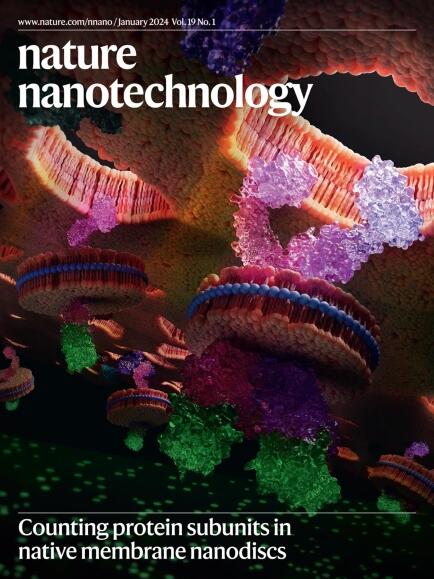定制钙钛矿-钙钛矿-硅三结太阳能电池的纳米级界面。
IF 34.9
1区 材料科学
Q1 MATERIALS SCIENCE, MULTIDISCIPLINARY
引用次数: 0
摘要
理论上,三结太阳能电池在功率转换效率上优于双结和单结太阳能电池,但实际的钙钛矿-钙钛矿-硅设备在理论极限和商业目标上都达不到。为了解决顶部钙钛矿连接处的表面缺陷,我们引入了哌嗪-1,4-氯化二钠处理,以取代不太稳定的氟化锂。为了连接顶部和中间的钙钛矿结,我们优化了沉积在原子层沉积的氧化锡上的金纳米颗粒的尺寸,以获得最佳的欧姆接触和最小的光学损失。应用这些策略,我们的冠军1-cm2三结电池在3.16 V开路电压下实现了第三方验证的27.06%的反向扫描功率转换效率。放大到16平方厘米,该器件产生了经认证的稳态功率转换效率为23.3%。通过去除甲基铵并将铷与哌嗪-1,4-二氯铵表面层结合到钙钛矿体中,设备寿命也得到了改善。封装的1-cm2电池在最大功率点407小时后保持95%的初始效率,并通过IEC 61215热循环测试。这些结果代表了高效和稳定的钙钛矿-钙钛矿-硅三结太阳能电池的进展。本文章由计算机程序翻译,如有差异,请以英文原文为准。
Tailoring nanoscale interfaces for perovskite-perovskite-silicon triple-junction solar cells.
Triple-junction solar cells theoretically outperform their double-junction and single-junction counterparts in power conversion efficiency, yet practical perovskite-perovskite-silicon devices have fallen short of both theoretical limits and commercial targets. To address surface defects in the top perovskite junction, we introduce a piperazine-1,4-diium chloride treatment, which replaces less stable lithium fluoride. For interfacing the top and middle perovskite junctions, we optimize the size of gold nanoparticles deposited on atomic layer-deposited tin oxide for best ohmic contacting with minimal optical losses. Applying these strategies, our champion 1-cm2 triple-junction cell achieved a third party-verified reverse-scan power conversion efficiency of 27.06% with an open circuit voltage of 3.16 V. Scaling up to 16 cm2, the device produced a certified steady-state power conversion efficiency of 23.3%. Device longevity also improved by eliminating methylammonium and incorporating rubidium into the perovskite bulk alongside the piperazine-1,4-diium chloride surface layer. An encapsulated 1-cm2 cell retained 95% of its initial efficiency after 407 h at maximum power point and passed the IEC 61215 thermal cycling test. These results represent advancements towards efficient and stable perovskite-perovskite-silicon triple-junction solar cells.
求助全文
通过发布文献求助,成功后即可免费获取论文全文。
去求助
来源期刊

Nature nanotechnology
工程技术-材料科学:综合
CiteScore
59.70
自引率
0.80%
发文量
196
审稿时长
4-8 weeks
期刊介绍:
Nature Nanotechnology is a prestigious journal that publishes high-quality papers in various areas of nanoscience and nanotechnology. The journal focuses on the design, characterization, and production of structures, devices, and systems that manipulate and control materials at atomic, molecular, and macromolecular scales. It encompasses both bottom-up and top-down approaches, as well as their combinations.
Furthermore, Nature Nanotechnology fosters the exchange of ideas among researchers from diverse disciplines such as chemistry, physics, material science, biomedical research, engineering, and more. It promotes collaboration at the forefront of this multidisciplinary field. The journal covers a wide range of topics, from fundamental research in physics, chemistry, and biology, including computational work and simulations, to the development of innovative devices and technologies for various industrial sectors such as information technology, medicine, manufacturing, high-performance materials, energy, and environmental technologies. It includes coverage of organic, inorganic, and hybrid materials.
 求助内容:
求助内容: 应助结果提醒方式:
应助结果提醒方式:


